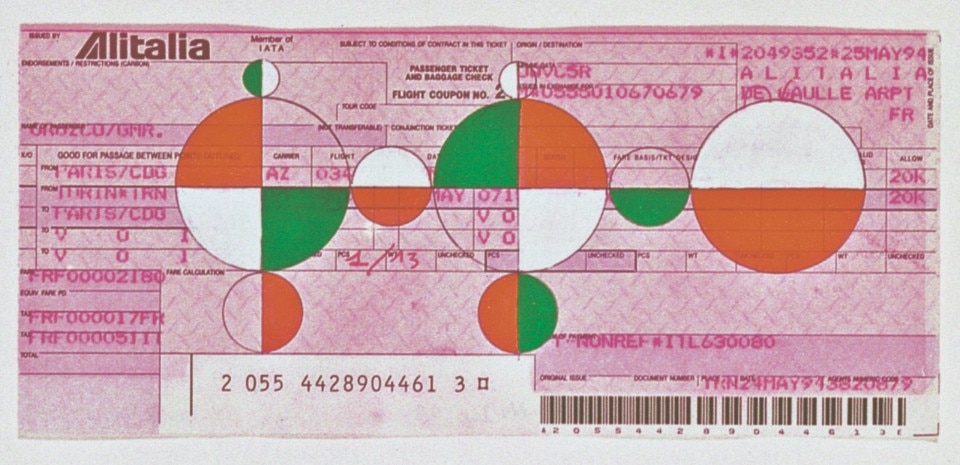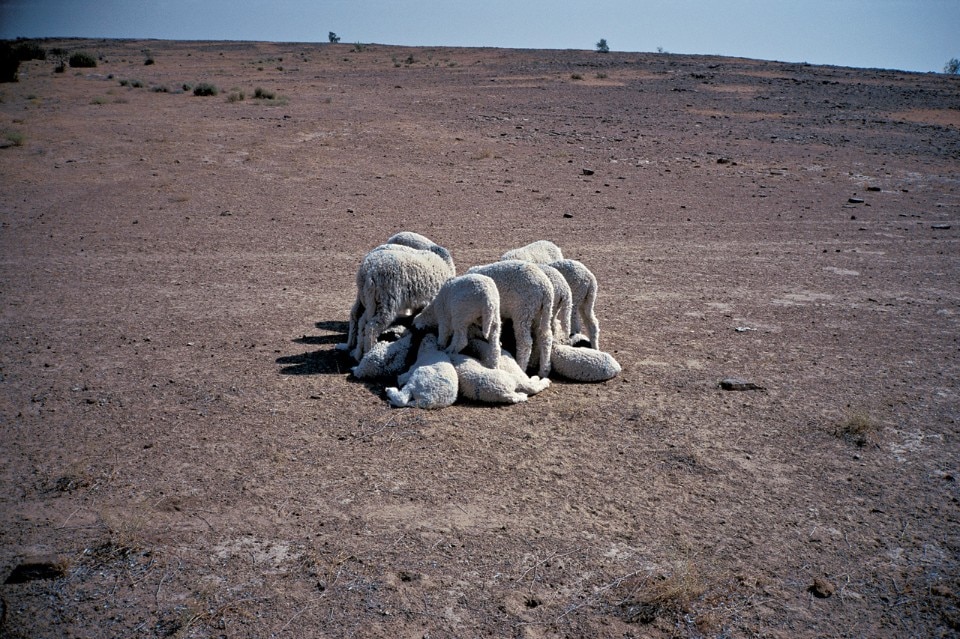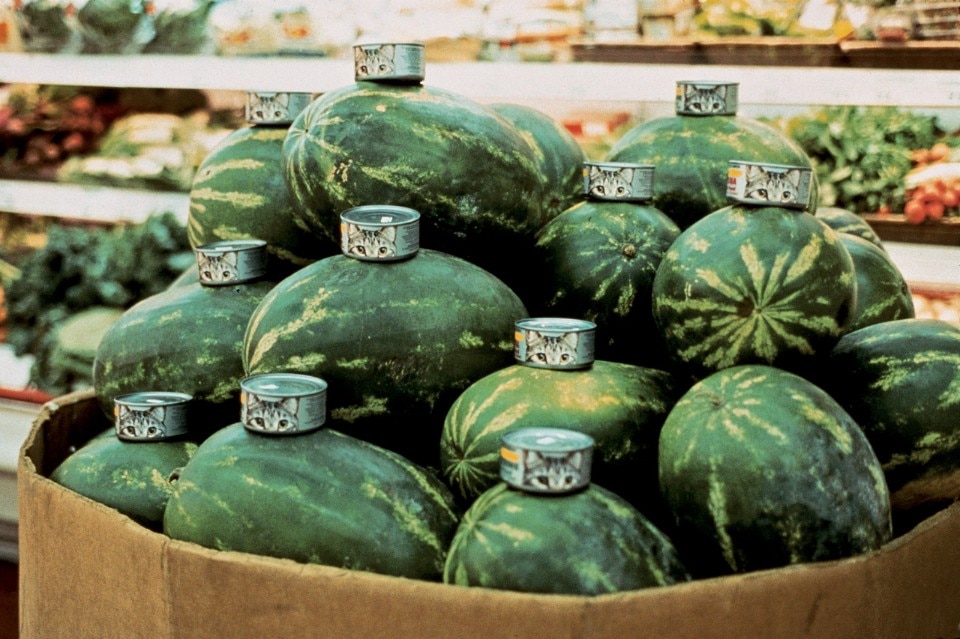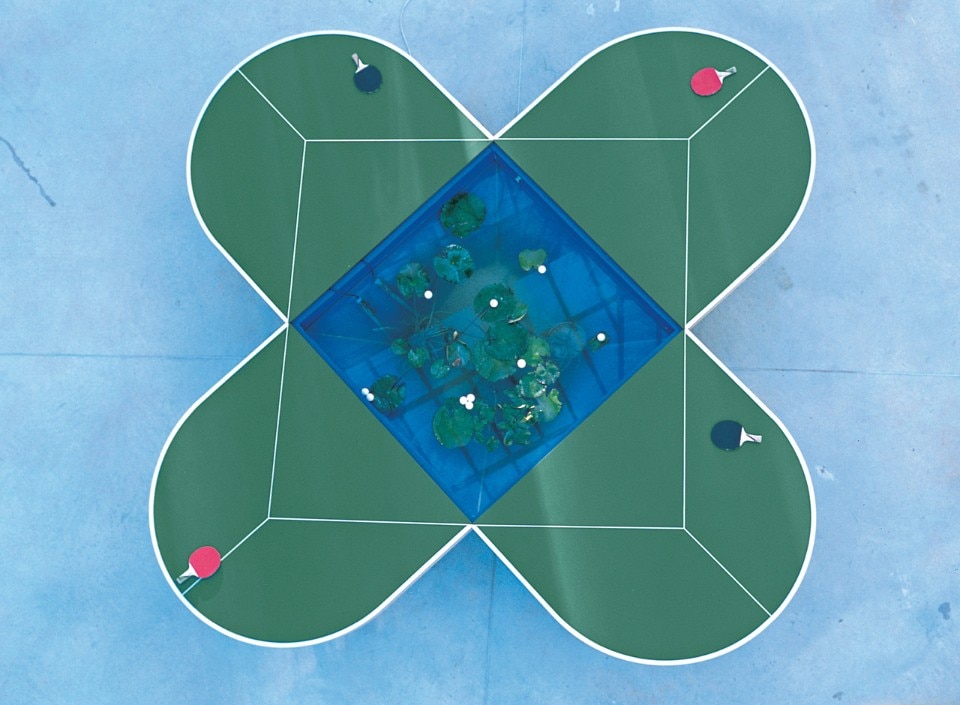
Orozco’s universal sculptures, purified of regional or political character, and his photographs that appear like ordinary snapshots are indispensable to any discussion of ‘90s contemporary art. They are also artworks exerting a profound influence on young artists currently active in Japan.
In Orozco’s view, all things in this world, natural or man-made, carry in them the time of their continual movement and transformation. Coming together, they separate again in endlessly reoccurring cycles. All things in the universe are in flux.
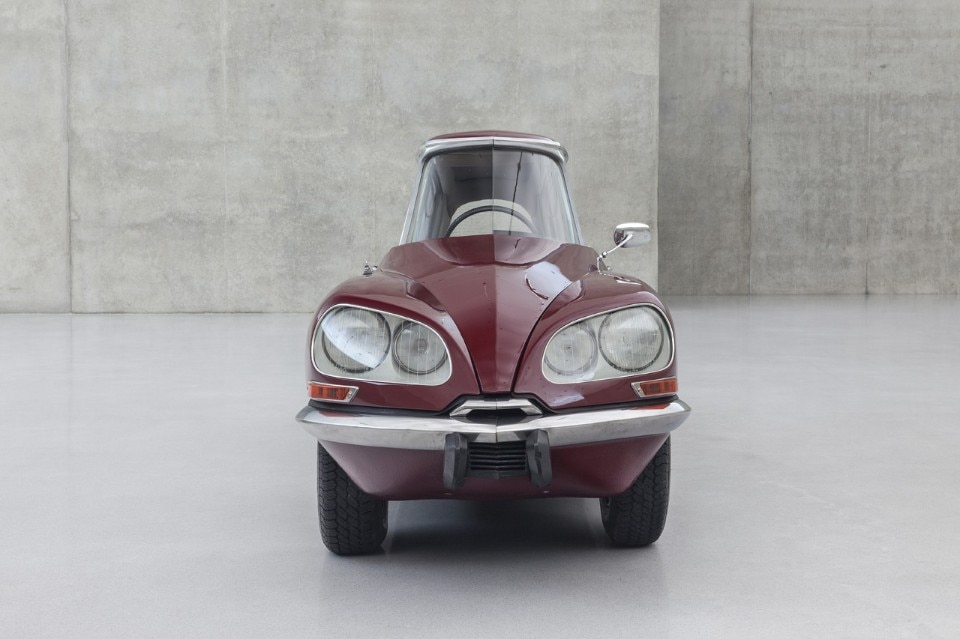
until May 10, 2015
Gabriel Orozco
Inner Cycles
Museum of Contemporary Art Tokyo


